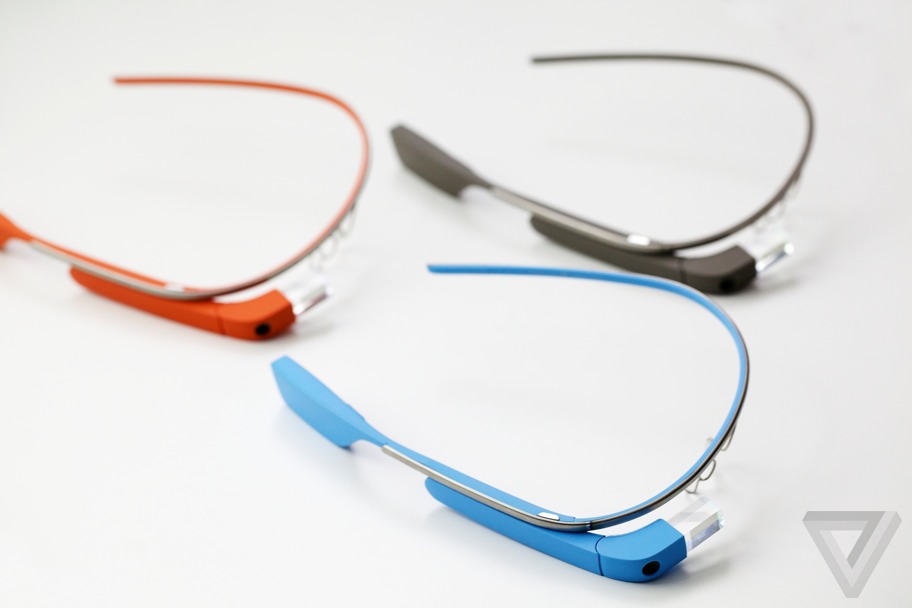
Google ended their first foray into head mounted computing in January, ending the Glass Explorer program on January 19th. The Glass project is currently in the hands of Nest CEO Tony Fadell, and it looks like a new version is being seeded to Glass at Work partners ahead of a possible consumer release in a year.
The Wall Street Journal has published their report on the new version of Glass, which is being delivered to partners without the metal frame that the Explorer Edition of Glass was built on, instead offering partners a new re-designed option which will attach to normal glasses.
According to the WSJ, the new version of Glass is now powered by a faster Intel processor, rather than the aging Texas Instruments processor in the Explorer Edition. The new model also features improved battery life, giving up to two hours of use, with improved wireless connectivity. The glass prism used to display notifications and navigate the Glass operating system has been improved and is longer and thinner, and able to be adjusted vertically now as well as horizontally like the original.
The focus on this new iteration of Glass is on business, with new Glass units being seeded to developers who are building ‘business focused’ applications for Glass first. Google is said to be testing more in business to skirt privacy issues which plagued initial versions of Glass, which led to the famous ‘Glasshole’ branding.
Though apparently seeding to business partners now, the new goal is to have businesses testing the new version of Glass by the ‘Fall’. If you’re looking to get your hands on Glass for a Christmas present though, you’ll be disappointed with insiders saying a consumer version of Glass won’t be ready to be unveiled for at least a year. No word yet on international availability.




In an age with HoloLens, they really need to have the AR display cover the field of view (if the user wants) at a high resolution. They probably also need eye tracking. And the price needs to be reasonable.
I think we are a long way off a version of Glass that would sell.